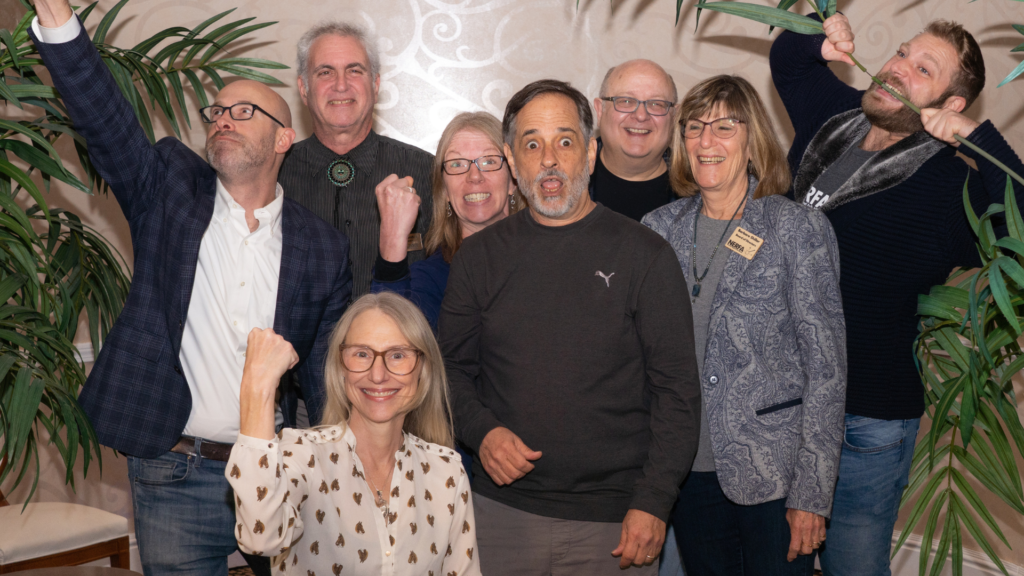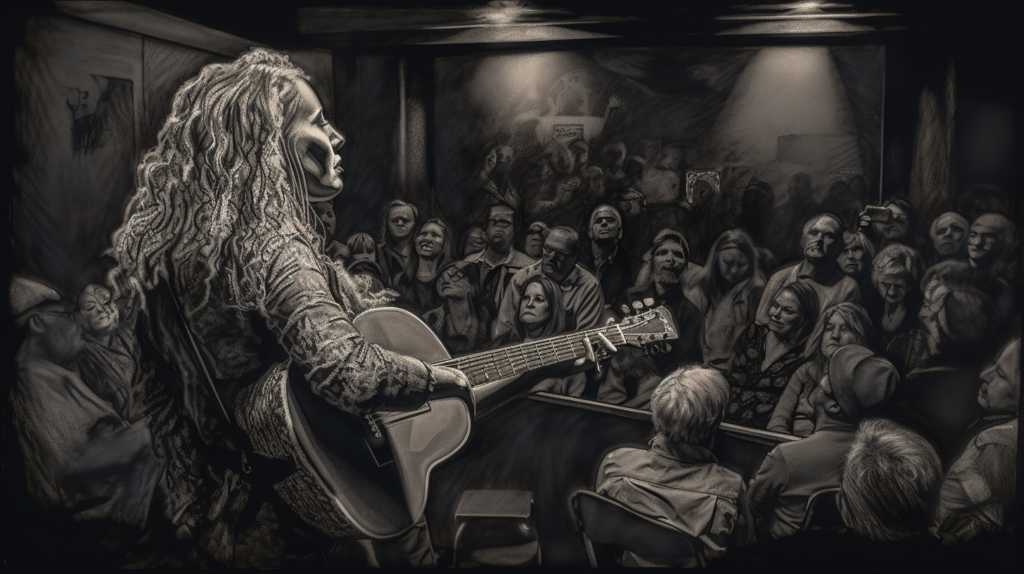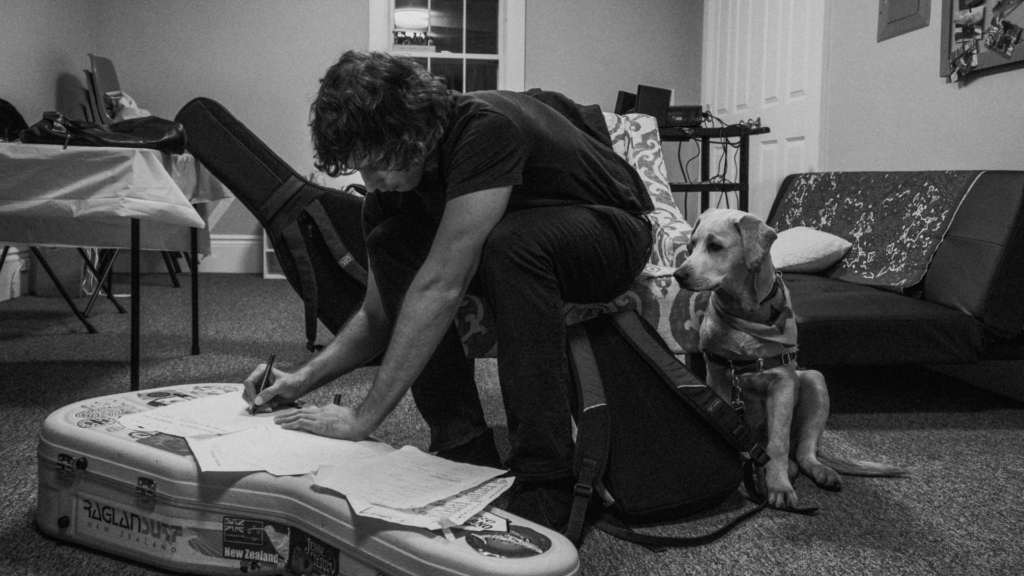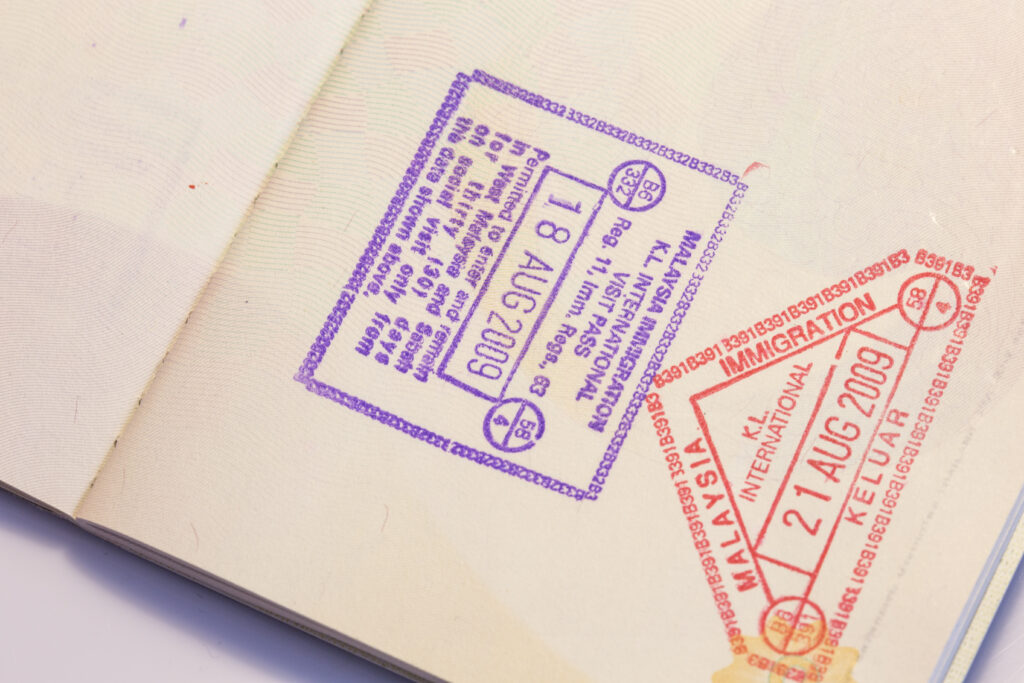Dylan Shinholser, from the online event planning and ticketing company Viewstub.com, penned this article for running online programming. This is a really great overview of the strategy behind throwing an online event. For more information on Dylan and his projects look into Here are my top 10 BIGGEST takeaways from planning and helping others plan their virtual-only live events. (In no particular order) Don’t Underestimate the Process: On the surface, virtual events SEEM easier to plan than their in-person counterparts, but they’re not. Virtual events need to be treated with the same respect in regards to planning, strategy, and logistics as all in-person events do. I’d argue maybe even more once you start layering on technology and the “out of your control” issues that will absolutely arise. Don’t overcomplicate it: People are naturally notorious for overcomplicating everything, especially events. They make it more than it needs to be for no reason. I live by the ‘K.I.S.S.’ methodology and apply it to each of my events. I’d much rather attend an event that’s simple but perfectly executed than an elaborate, multilayered event that is messy and executed poorly. Experience MATTERS. Maybe more than ever: I founded a company outside of ViewStub on the philosophy of “experience over everything” so it’s only natural I bring that ideology into virtual events. Something I noticed, however, is because your attendees are not physically present, it’s even more imperative that you give them a virtual experience that is captivating, engaging, and appealing enough to want to come and more importantly…stay. At an in-person event, if people get bored, they’re not that likely to get up and leave. Virtual events are easy to “logoff”. So… in turn, you, the organizer, need to double down on the experience factor. Production Matters: I don’t know about you, but I’m tired of webcam quality virtual events. Leave that crappy quality for your next zoom meeting. When it comes to virtual events, you need to have a strong VISUAL experience. Having good video, good audio, and good stage design, or backdrop, are key. Also, take into consideration scene switching or using multiple cameras if you can. The constant switching from camera to camera will keep the viewers engaged longer, as staring at one person from one angle for an extended period of time will make it much easier to get fatigued. Over-communicate with your attendees prior, during, and after the event: You should be in constant contact with your attendees, no matter if it’s in person or virtual. Prior to the event, you’ll have to educate them. Chances are you’re using a platform they’re not familiar with so you’ll need to educate them on where to go, how to login, what buttons to press, and so on. During the event, you’ll want to send out reminders of sessions that are currently happening, what’s happening next, when breaks are over, etc. After the event, you’ll want to collect feedback and testimonials. I always recommend 3-4 communication channels with your attendees. My favorites are email, text, and social media. Test Test Test: Virtual events require A LOT of tech and that tech can have a mind of its own sometimes… you’ll want to and NEED to prep and test your tech stack numerous times prior. This will allow you to feel more comfortable with the tech come event day and allow for a smoother operation. All the testing in the world won’t matter, though, if for some reason that day your tech stack doesn’t want to play ball, your speakers’ internet signal goes out, or your mic cuts out. I would advise having a PLAN B and maaaaaybe even a PLAN C. Market your event with the same passion you do your in person events: Look, I get it… NONE of us WANT to be doing virtual-only events but if you’re going to do them, treat them with the same respect and enthusiasm as you do with your in-person events. Marketing a virtual event may take MORE selling than in-person events, because of the saturation and “zoom fatigue” we all feel. Take that into consideration and make sure you give yourself the proper amount of time to effectively promote your event. Think beyond the Screen: I really like the idea and concept of sending your attendees a physical item, gift, swag box, etc. prior to the event. It really helps take your event beyond the screen, if done right and can be used to create engagement moments DURING the event. Have the right team: It’s no secret that events take full teams of people to pull them off. Virtual is no different. You’ll need a core internal team as well as outside vendors. That starts with knowing what roles you need.. I’d say the main roles you need to fill are project management, marketing, attendee relations, talent, and production. Collectively, you need to make sure everyone knows exactly what their roles are. If events are not your full time thing, I HIGHLY suggest bringing in an expert, consultant, or service that can help manage and execute the project. Interaction is Key: Whether it’s attendee-to-attendee interaction or attendee-to-host interaction, it is vital to virtual events’ success. Attendee to attendee interaction can be done through a plethora of networking types like 1:1, round table, or cocktail hour. Anything that gives your attendees the ability to connect and interact with the other like-minded humans at the event is vital. Attendee-to-host interaction is another big one. Let’s say you’re a band doing a virtual concert. Shouting out people in the chat or letting them ask you questions in between songs is HUGE for creating that experience factor. Especially since we are all virtual right now and can’t actually go interact, events that leverage these interaction elements will set themselves apart from the rest.





